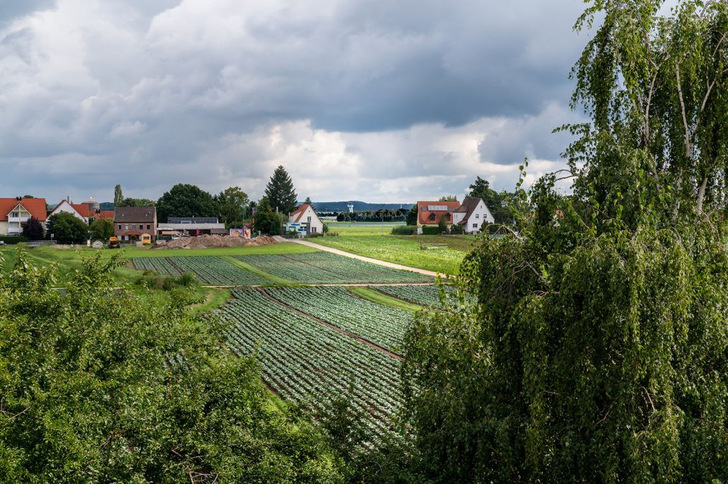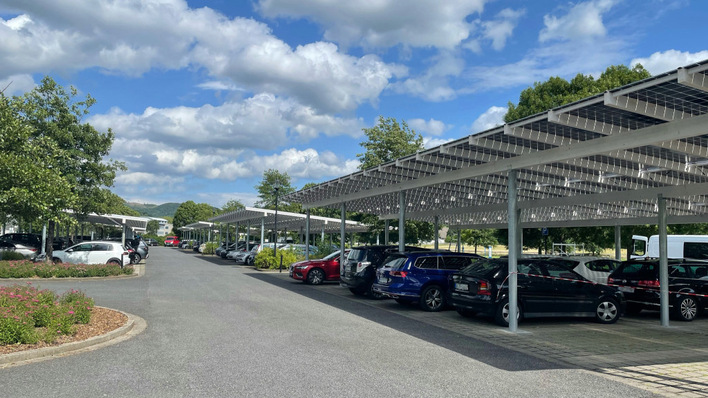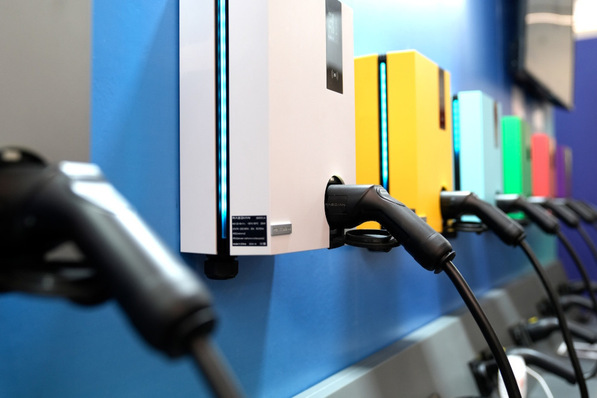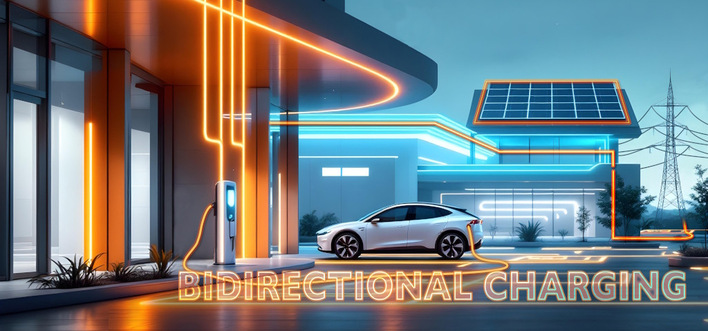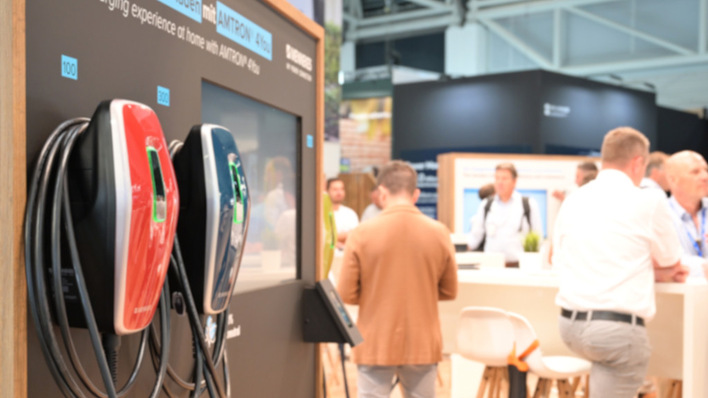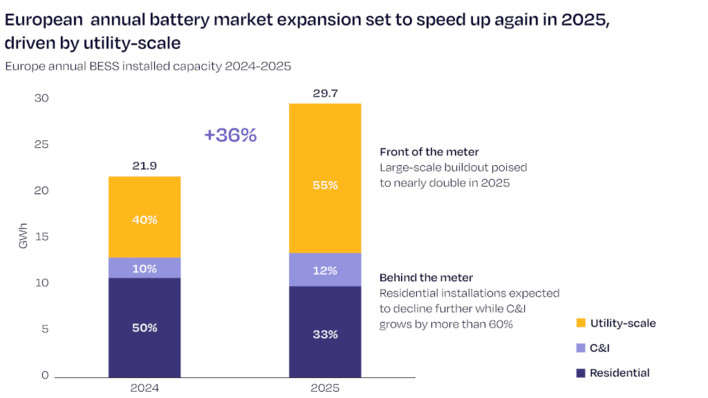Therefore, the combination of renewable energy sources and an energy storage system is increasingly becoming the best-suited solution to address different demand and application scenarios. Together with project partners, the BYD Battery-Box team has summarized arguments and application examples that show where the addition of solar energy and storage is particularly worthwhile.
The power provided via the energy grid is limited. In many cases it is not possible, or not sensible (due to the high costs), to adjust the grid supply to meet the increasing energy demand. This is particularly true in cases where there is an ad hoc need with high power peaks or for applications in rural areas where a new network infrastructure would be too expensive or simply not feasible.
EV charging infrastructure
Infrastructure projects for electric vehicles (EVs) and charging can massively increase the required energy supply. Projects on company campuses and businesses such as car dealerships or hotels are currently facing this problem when customer and stakeholder expectations call for the rapid installation of charging stations. However, during the planning phase, it often becomes apparent, that the permissible connected load cannot be further increased. A load management solution for the charging infrastructure can help regulating the charging parkA battery storage solution can be charged with low power over a long period of time. If e-vehicles then need to be charged, it can supply high power for the charging process.
Providing charging stations is an even greater challenge for hospitality establishments, such as restaurants, where guests want to charge their vehicles within a relatively short period of time. These businesses benefit greatly from smart energy management and energy storage systems, in order to smoothen the demand-peaks.
Ecological meets economical
In addition, many businesses are becoming more sustainability-conscious and are actively looking for solutions to help greening their energy footprint. An example in which both the handling of demand-peaks and the environmental considerations have met is the Eco-Hotel “Grüne Elster” in Germany. The hotel needed to supply their eco-conscious clientele with charging-stations and at the same time wanted to green the hotel’s overall power supply. The combination of a PV system, BYD Battery-Box energy storage and a comprehensive energy management system was able to achieve both.
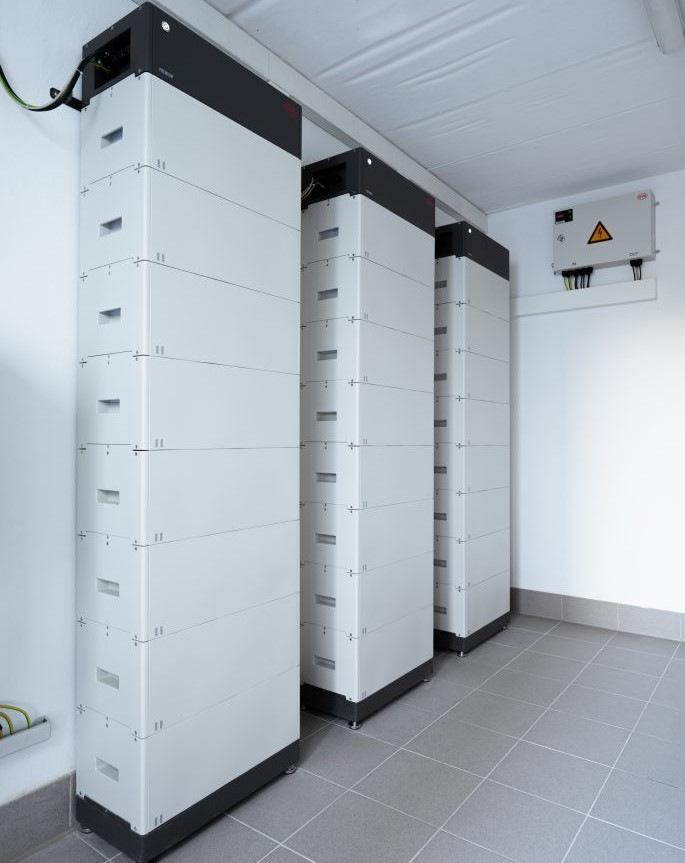
BYD
Another business sector often forgotten when considering the current development of energy prices, is agriculture. Operating agricultural machinery and caring for livestock is an energy intensive business. A dairy cow needs to be milked regularly in the mornings and evenings in a warm stable, and agricultural machinery often has seasonal usage peaks during harvest. This causes peaks in the energy load profile. A study by the HTW Berlin was able to show that there is great potential for savings in the agricultural sector – in particular by operating a self-consumption storage system connected to a PV system.
Rethinking energy backup
The “Hidaway” camping and holiday resort at Baxby Manor, near York, was planning to expand its range of accommodation to include several cottages, equipped with kitchens, bathrooms, heating and private outdoor hot tubs. However, it quickly became apparent that the 60A single-phase grid power supply could not cover the additional energy demand. Expanding the grid connection capacity at this rural location would have been very expensive. Therefore the started looking at alternatives for a solutions that was both economically and ecologically sebsible.
Did you miss that? Amsterdam hotel beats grid connection shortage
Together with energy specialist Vero Power, the owners found a suitable solution with a 52 kW PV system, combined with a 120 kWh energy storage solution in the form of eight BYD Battery-Box energy storage systems. The result: Today the majority of the holiday resort's electricity requirements – around 90 percent – can be covered with green energy. The existing 60 A grid energy supply is only used as a backup via its own battery charger. This example shows that solar energy and storage systems can not only act as a supplement or backup to the grid power supply, but also vice versa.
“There are more and more examples showing how supplementing grid power with renewable energy and storage systems can help companies meet current energy demand challenges and future-proof their energy supply in an environmentally and economically profitable way,” explains Florian Blaser, GM of EFT Systems, European service partner of BYD Battery-Box. (hcn)


